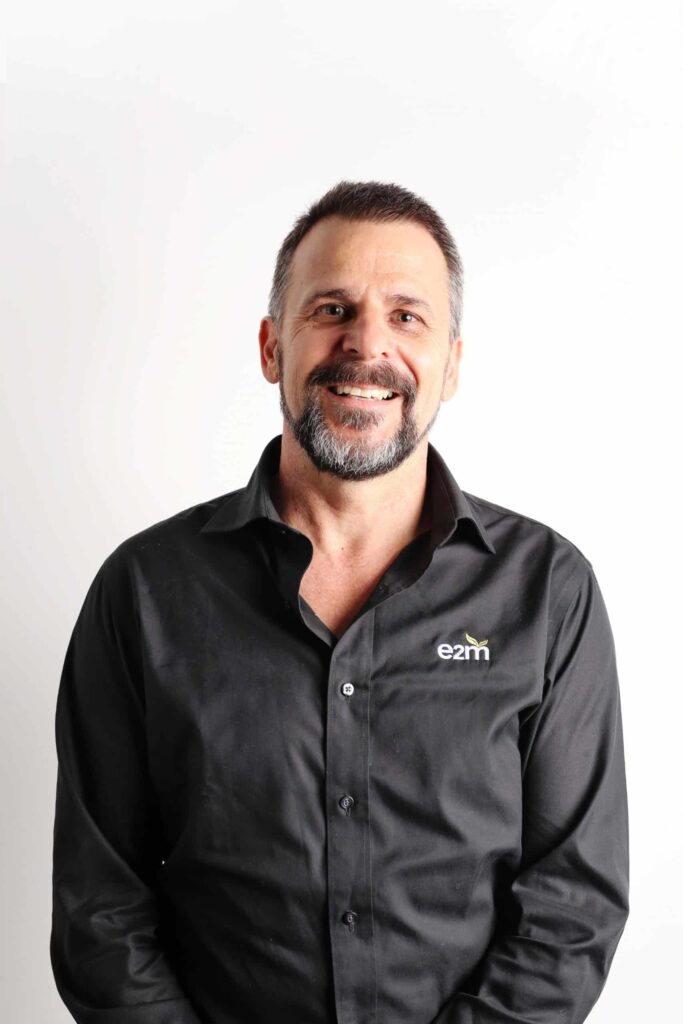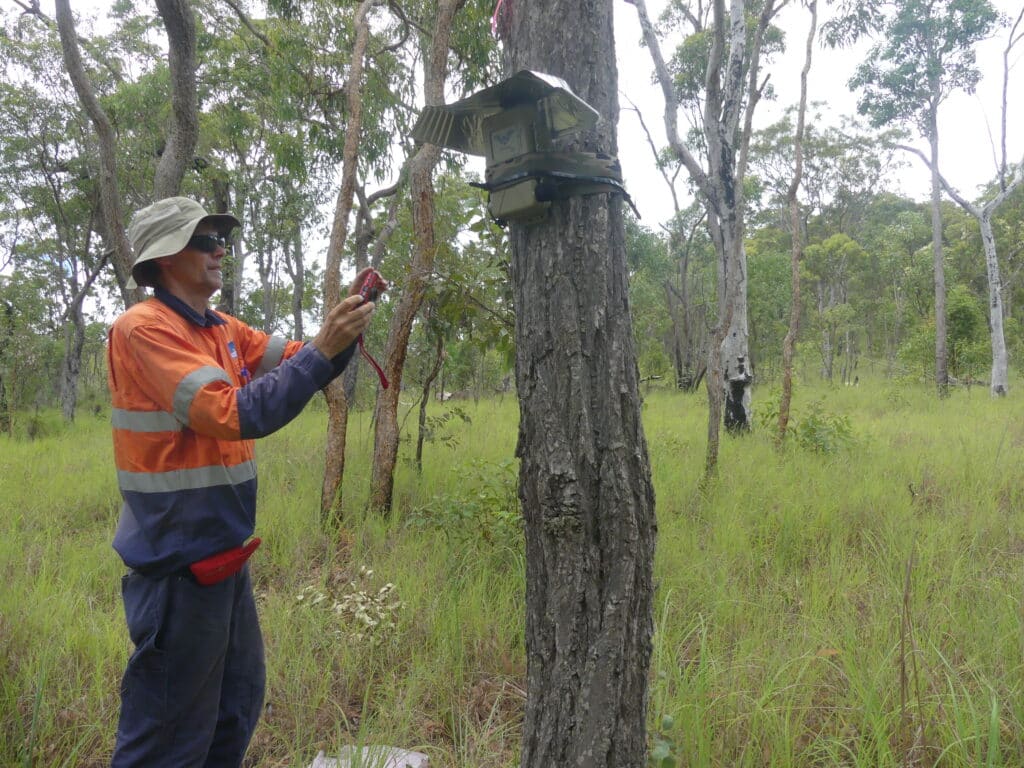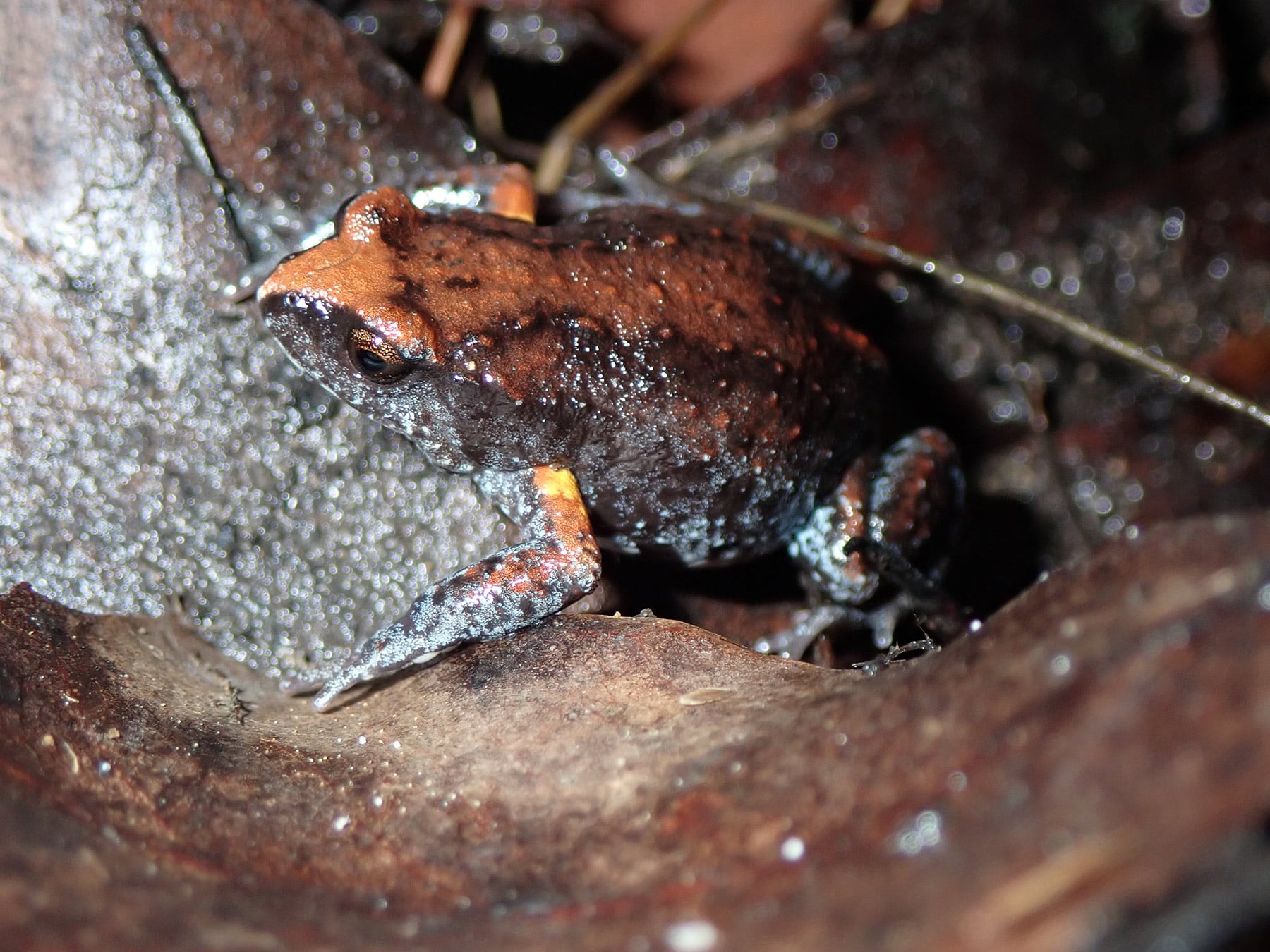With attention to detail and a passion for seeking mutual solutions for both businesses and the environment, E2M has provided ecological assessment and planning services for specialist power producer, Neoen.
It was these values that helped establish a partnership spanning over three years, as we assessed and monitored the potential environmental impacts of the construction and operation of the Kaban Green Power Hub, a wind farm project located in the Atherton Tablelands of Far North Queensland.
Safer, cleaner energy solutions
Neoen, an independent renewable energy producer based in France, focuses on sustainability and future-safe energy generation and is developing and operating 60 wind farms across the globe to ensure access to safer, cleaner and greener energy sources. It is also important to their mission that each site functions in the best interest of its environment, including the local flora and fauna.
The Kaban Green Power Hub facilitates a 157 MW wind farm, with further approved plans for a 100 MW battery, and a network upgrade. Neoen and the Kaban Green Power Hub will help Queensland move towards its goal of 50% renewable electricity consumption by 2030.
E2M worked closely with Neoen to incorporate changes in the project design required to achieve Commonwealth and State environmental approvals
On-the ground expertise
The project is led by Principal Ecologist, Dean Jones who brings an extensive background in environmental management /compliance and terrestrial ecology and a wealth of specialist expertise in Animal Behaviour and Molecular Biology.
This expertise has been employed in the development of the Kaban Green Power Hub, hosted by Neoen, leading the team assessing the site prior to, during construction and throughout the operational phase of the wind farm.
Dean’s primary role was the key liaison point for Neoen, communicating to understand their goals and specifications and ensuring compliance was maintained according to Departmental approvals. By working closely with the site construction and operational managers, environmental officers and relevant contractors, Dean supported the design of practical plans for both the site’s environmental management plans and the site itself. Dean’s diligence ensured environmental compliance was maintained through thorough planning, surveying and reporting, according to the EPBC approval conditions.

Under Dean’s expert guidance, E2M provided:
– Terrestrial Ecology (Flora and Fauna) Plans
– Bird and Bat Adaptive Management Plans
Dean works with Chays Ogston, Chays is the Project Director and was the Lead Ecologist for the pre-approval component of the Kaban Green Power Hub project. Specialising in terrestrial ecology and biodiversity offsets. Chays conducted the majority of pre-approval field surveys, reports and continues to play a major role in field surveying and management plans, working closely with the team to ensure environmental compliance is maintained for the Kaban Wind Farm.

Terrestrial Ecology
Our expert team of ecologists undertook Terrestrial Ecological Assessments which included targeted threatened species surveys, ground truthing of regional ecosystems and species habitat mapping.
Additionally, the team completed pre-clearance surveys, protected plant surveys, bird and bat utilisation surveys, offset investigations and developed site and species-specific management plans.
Bird and Bat Adaptive Management Plan
Specific to wind farms, the bird and bat adaptive management plan aims to help monitor, manage and mitigate project impacts on birds and bats.
The development of this plan for the Kaban project involved assessing the likelihood of threatened species occurrence, and potential risk for collisions through the undertaking of comprehensive and seasonally appropriate utilisation surveys.
The outcome of the plan was identifying ongoing monitoring and management requirements in regard to birds and bats, with E2M playing an ongoing role in the monitoring of the project.

Managing Biodiversity Offsets
Biodiversity offsets are designed to ensure a conservation gain for threatened species or communities which are likely to be significantly affected by a particular project. This is achieved through the protection and management of offset areas suitable for the relevant species or communities impacted by the project.
We identify suitable offset areas through use of publicly available spatial datasets including regional ecosystem mapping and species records, to map potentially suitable habitats for these species or communities. These modelled habitats are then verified in the field to ensure the presence of the relevant species or communities.
At the forefront of innovation
We’re always looking for ways to improve efficiency for our clients. As part of this commitment, our species habitat models are deployed through GIS technology to identify suitable offsets across large territories. This enables us to prioritise and quantify the value and suitability of proposed sites, driving efficiency for our clients through technology-driven ecology.
Discover how our technology-driven ecology services can benefit your project. Reach out to us.
